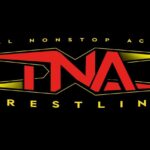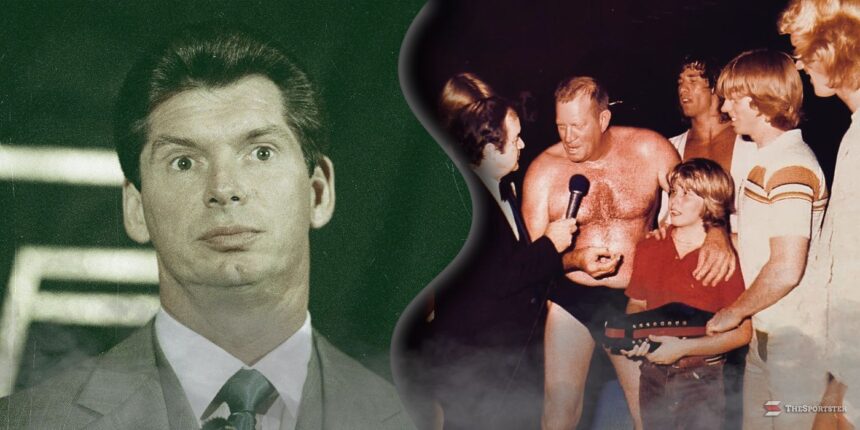In a time increasingly forgotten, professional wrestling in the United States was once territorially divided. Different regional promotions operated independently, respecting each other’s audiences and providing performance opportunities for wrestlers to develop their skills.
Promotions like AWA and WWE broke away from the National Wrestling Alliance (NWA), significantly weakening the territorial system, especially as Vince McMahon expanded WWE nationally, ending the traditional business model. While McMahon’s ethics and the impact of this change remain debated, many myths about wrestling’s past misrepresent the reality of those times.
Fans often believed wrestling was purely genuine back then, but although more fans were less aware in the past, many adult wrestling enthusiasts already knew it was scripted well before the 1980s. WWE openly marketed wrestling as “sports entertainment,” although smart fans had been questioning wrestling’s authenticity for years, with journalists confronting stars like Hulk Hogan on the matter.
Contrary to the idea that wrestling only attracted small crowds in dubious venues, regional promotions often drew substantial audiences long before WWE’s rise. WWE has undeniably brought wrestling to mainstream family audiences and much larger venues, but territorial wrestling also enjoyed passionate fanbases and strong live turnouts within their regions.
While some local fans didn’t know about other territories, many were aware of multiple wrestling scenes through tape trading, magazines, and early internet use, making wrestling feel like a global phenomenon even before WWE’s national presence.
Although the NWA was dominant in territorial wrestling, it was not all-powerful. Numerous “outlaw” promotions operated independently, including major ones like AWA, WWE, and later ECW, which distanced themselves from the NWA’s control.
Hardcore wrestling, often associated with 1990s ECW, actually has roots going further back with titles like the Brass Knuckles Championship in various territories. While modern hardcore wrestling evolved and intensified, its foundations were laid long before the 90s revolution.
Travel for wrestlers in territorial days might seem limited geographically but was often grueling and relentless, involving frequent tours through towns within the territory, keeping wrestlers away from home despite shorter distances compared to today’s national schedules.
The selection of top wrestlers was more complex than many realize. While some bookers were accused of selfishly pushing themselves or relatives as champions, this was also a practical strategy in an era reliant on handshake deals and trust to keep talent loyal to a territory.
Fan Take: Understanding the rich, complex history of territorial wrestling sheds light on how today’s WWE evolved and why regional loyalty and legacy still matter in wrestling culture. For WWE fans, appreciating these roots can deepen respect for the sport’s journey and highlight the importance of balancing tradition with innovation going forward.













